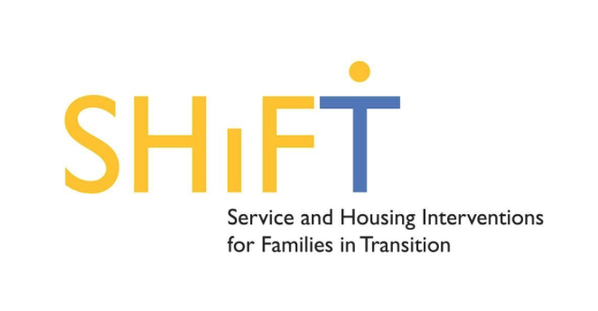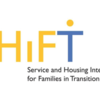 More than 60 local health and human service providers, researchers, government officials, and community members came together in Albany, NY, on June 10, 2014, for a roundtable discussion exploring how findings of the SHIFT study (Service and Housing Interventions for Families in Transition) can be used to change policies and practices to help reduce family homelessness.
More than 60 local health and human service providers, researchers, government officials, and community members came together in Albany, NY, on June 10, 2014, for a roundtable discussion exploring how findings of the SHIFT study (Service and Housing Interventions for Families in Transition) can be used to change policies and practices to help reduce family homelessness.
The study found that homeless mothers are a highly traumatized and under-served group; 93 percent of participants had a history of trauma, with 81 percent having experienced multiple traumatic events. About half the women met diagnostic criteria for post-traumatic stress disorder (PTSD) at the beginning of the study. The majority met criteria for major depression, and most were survivors of interpersonal violence by family, intimate partners, or other known perpetrators. Their children were also negatively impacted by their mothers’ trauma histories, with 41 percent having physical and/or emotional difficulties at baseline (Hayes et al., 2013).
The SHIFT study, funded by the Wilson Foundation, was conducted in the upstate New York cities of Albany, Syracuse, Rochester, and Buffalo by the National Center on Family Homelessness (NCFH). It identified mothers in emergency shelter, transitional housing, and permanent supportive housing programs and interviewed them three times over a 30-month period.
The results of this study are consistent with those of an earlier study of factors involved in family homelessness (Bassuk et al., 1997), according to Carmela DeCandia of NCFH. What is new, she said, is the study’s conclusion that unresolved trauma issues—as indicated by severity of symptoms of PTSD—and low self-esteem were the only predictors of continuing residential instability at 30 months into the study.
These findings illustrate the critical need for agencies that serve homeless families to learn about trauma and its impact, along with implementing trauma-informed approaches to service provision. This conclusion was emphasized by the moving testimony of a formerly homeless mother who received trauma-informed services through the ARCH program.
After multiple episodes of homelessness, which resulted from struggles with her own emotional distress and her daughter’s suicide attempts, Maria, a single mother, entered the ARCH program. Talking with ARCH staff, she realized for the first time that what she experienced as a child was abuse and that she is a survivor of trauma. Maria and her children moved into a supported apartment program, and with ARCH’s trauma-informed supportive services, she has been able to return to the workforce.
While some in the audience were familiar with the idea of trauma-informed approaches (formerly referred to as trauma-informed care), it was apparently a new concept for most of those who participated in the roundtable. A recent review of the literature found that while trauma-informed care offers a coherent framework for providing homelessness services, the concept remains unclear for many providers and the mechanisms for creating trauma-informed organizational and systems change is not well understood in this field (Hopper et al., 2010).
SAMHSA defines trauma-informed approaches as follows: A program, organization, or system that is trauma-informed realizes the widespread impact of trauma and understands potential paths for recovery; recognizes the signs and symptoms of trauma in clients, families, staff, and others involved with the system; it responds by fully integrating knowledge about trauma into policies, procedures, practices, and settings; and it seeks to actively resist re-traumatization.
Homeless service providers—as well as other human services agencies—can request training and technical assistance on trauma-informed approaches to become a trauma-informed organization and to provide trauma-informed peer support, as well as related issues, through SAMHSA’s National Center for Trauma-Informed Care (NCTIC).
For more information on technical assistance from NCTIC, contact Pam Rainer at prainer@ahpnet.com. To access the SHIFT study, please navigate to this link: http://www.air.org/sites/default/files/SHIFT_Service_and_Housing_Interventions_for_Families_in_Transition_ final_report.pdf
References Bassuk, E. L., Buckner, J. C., Weinreb, L. F., Browne, A., Bassuk, S. S., Dawson, R., & Perloff, J. N. (1997). Homelessness in female-headed families: Childhood and adult risk and protective factors. American Journal of Public Health, 87(2), 241-248.
Hayes, M., Zonneville, M., & Bassuk, E. (2013). The SHIFT Study: Final Report. Needham MA: The National Center on Family Homelessness.
Hopper, E. K., Bassuk, E. L., & Olivet, J. (2010). Shelter from the storm: Trauma-informed care in homelessness services settings. The Open Health Services and Policy Journal, 3(2), 80-100.




Comments (0)